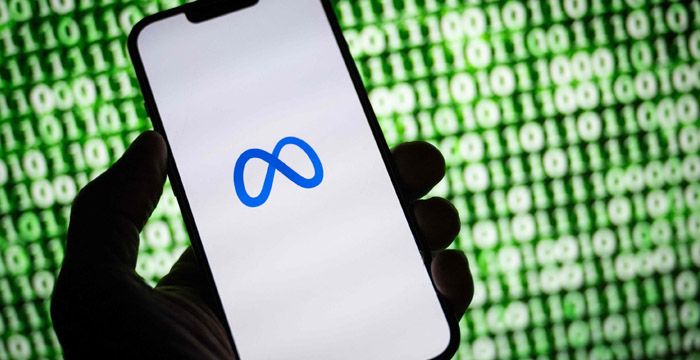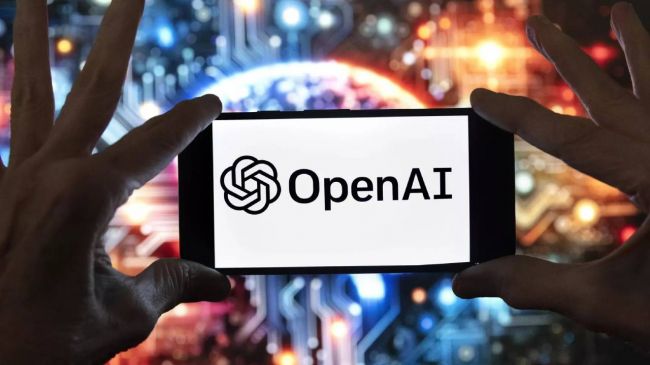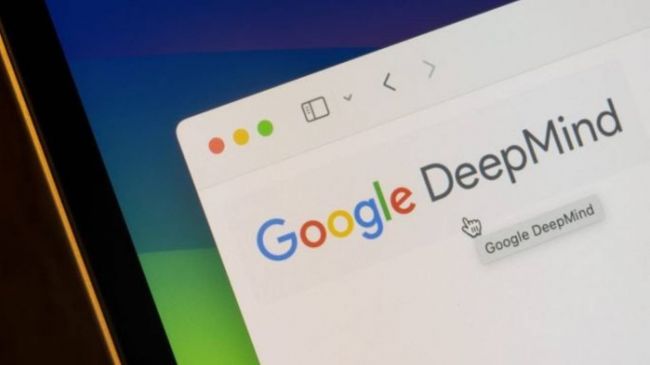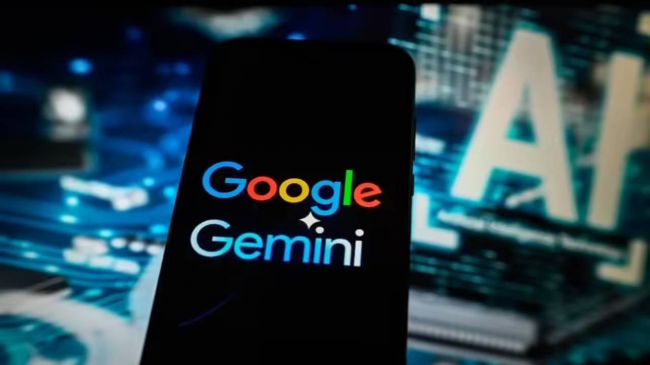Imagine a robot that learns not by rote, but by watching the world unfold—grasping the logic of gravity, the rhythm of movement, and the subtle cues that guide everyday actions. This is no longer science fiction. Meta has just introduced V-JEPA 2, a breakthrough “world model” that gives AI a kind of physical intuition, reminiscent of how children and animals learn from experience.

What's New with V-JEPA 2
According to Meta, V-JEPA 2 is trained on an immense dataset of one million hours of video and one million images, which goes beyond object recognition. This model understands how things move and interact, enabling it to predict what comes next in a scene, whether it’s a ball bouncing or a robot preparing to serve eggs onto a plate. The result: machines that can anticipate, plan, and adapt in unfamiliar situations, just as people do.
The first phase of V-JEPA 2’s training is entirely self-supervised, with the AI absorbing patterns from raw video, free from human labeling. Only later does it get a taste of real-world robot control, just 62 hours’ worth, enough to teach it how actions shape outcomes. This two-stage process means V-JEPA 2 can generalize far beyond its training, tackling new tasks and environments with surprising competence.
Real-World Performance and Speed
In Meta’s own labs, robots powered by V-JEPA 2 succeeded in 65% to 80% of pick-and-place tasks, even when confronted with objects and setups they’d never seen before. The system doesn’t just guess; it evaluates possible actions, predicts their results, and chooses the best sequence, mirroring the way humans plan their next move.
Speed is another headline. Meta claims V-JEPA 2 is 30 times faster than Nvidia’s Cosmos model, a rival in the race to teach AI about the physical world. While benchmark differences mean this isn’t a straight apples-to-apples comparison, the leap in efficiency could make real-time robotic assistants far more practical.
Open Source and Community Impact
But Meta isn’t stopping at robots that can fetch and carry. The company is releasing V-JEPA 2 as open source, along with three new benchmarks, IntPhys 2, MVPBench, and CausalVQA, to help the research community measure progress in physical reasoning, cause-and-effect understanding, and real-world prediction. The goal: to accelerate the arrival of AI agents that can help with chores, navigate complex environments, and even learn new skills on the fly.
The Road Ahead
V-JEPA 2’s debut signals a shift in AI’s evolution. No longer limited to language or static images, these world models are poised to transform robotics, autonomous vehicles, and smart assistants, making them more adaptable, intuitive, and useful than ever before. As Meta’s chief AI scientist, Yann LeCun, puts it, this is the dawn of AI that doesn’t just process information, but truly understands the world it inhabits.
Post Comment
Be the first to post comment!





